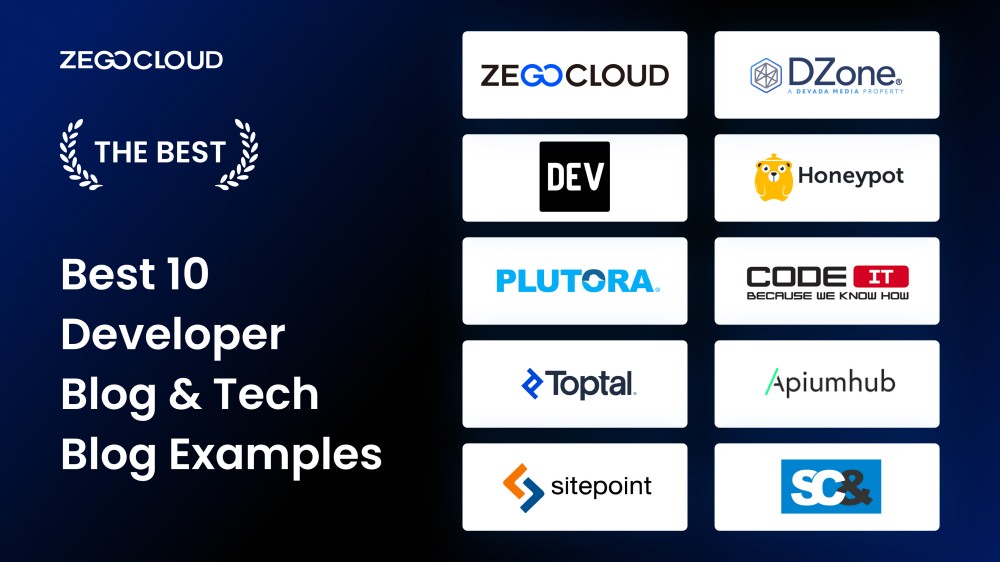Enhance Your Expertise with the Best tech blog Featuring Industry Specialists
Enhance Your Expertise with the Best tech blog Featuring Industry Specialists
Blog Article
Understanding the Increase of Edge Computer in Today's Digital World
In the swiftly advancing landscape of technology, edge computer emerges as a crucial pressure, reshaping exactly how information is refined and used. By transitioning data management closer to the resource, edge computer addresses vital latency issues while maximizing transmission capacity usage and boosting safety and security measures.
What Is Edge Computer
Side computer, although a reasonably current innovation in the realm of modern technology, essentially changes how data is refined and handled by bringing calculation and information storage space closer to the place where it is required. Unlike typical cloud computer designs, which commonly rely upon central information centers that can be geographically remote, side computer decentralizes data handling. This proximity reduces latency, enhances real-time information processing, and improves the overall individual experience by making certain much faster response times.
At its core, edge computer involves a network of localized devices and infrastructure, such as sensors, routers, and portals, qualified of processing information at or near the source. This localized processing ability is particularly important for applications calling for instant information analysis, such as autonomous cars, industrial automation, and smart cities. In addition, by unloading data handling jobs from central servers, side computing lowers transmission capacity needs and improves information privacy and safety and security, as sensitive details can stay on-site instead of going across substantial networks.

Key Vehicle Drivers of Fostering
Several elements are driving the fostering of side computing in today's electronic landscape. Side calculating addresses this requirement by enabling information processing closer to the data source, lowering latency and enhancing real-time decision-making capacities.
One more significant driver is the need for enhanced bandwidth efficiency. Central cloud systems can end up being overloaded with the large quantity of information generated by IoT tools, causing traffic jams (Best tech blog). By processing information at the edge, organizations can alleviate network congestion and enhance total system performance
Furthermore, safety and security and privacy concerns are pressing companies towards side computing. By refining sensitive data locally, companies can minimize risks connected with data transmission and exposure to potential cyber risks.
The increase of applications calling for real-time processing, such as independent vehicles and boosted truth, also necessitates the fast response times that border computing gives. Jointly, these drivers are making edge calculating an essential component of contemporary IT infrastructure, leading the way for its widespread adoption across different industries.
Benefits Over Cloud Computing
Just how does side computing differentiate itself from standard cloud computer? Mainly, edge computer brings information handling closer to the source of data generation, often on neighborhood tools or close-by servers, rather than depending on centralized data.
Additionally, edge computing boosts bandwidth efficiency (Best tech Read More Here blog). By processing information in your area, only the essential information is transmitted to the cloud for additional evaluation or storage, lowering the quantity of information that goes across the network. This not only reduces network blockage however additionally reduces data transmission expenses
Edge computing also uses improved information personal privacy and security. Delicate information can be processed locally without being sent out to the cloud, decreasing the direct exposure to potential cyber risks. This is specifically helpful for industries handling secret information, such as healthcare and monetary solutions.
Moreover, side computer guarantees better resilience and dependability. Neighborhood processing allows for continued operation also when connection to the cloud is jeopardized, keeping important features and solutions regardless of potential network disturbances. These benefits jointly demonstrate edge computing's transformative potential in enhancing efficiency and security in electronic environments.
Considerations and obstacles
While side computer offers countless benefits, it also provides one-of-a-kind difficulties and factors to consider that should be resolved to fully understand its capacity. Furthermore, handling and monitoring a decentralized network of side devices can be complicated, needing advanced devices and strategies to make certain seamless procedure and maintenance. Best tech blog.
One more consideration is the scalability of side computer solutions. As the number of linked tools expands, so does the demand for refining power at the edge, which can result in source constraints. Organizations needs to carefully prepare their infrastructure to suit this growth without jeopardizing efficiency or efficiency.
Interoperability is an additional crucial aspect. With various equipment and software application parts included, guaranteeing compatibility and smooth assimilation can be tough. Standardization initiatives are important to promote interaction in between inconsonant systems.
Future Trends in Side Computer
Expecting the future, side computer is positioned to change various markets by enabling quicker information handling and reducing latency. As the quantity of data produced by IoT devices remains to expand, side computing will certainly become progressively important in managing this increase efficiently. One substantial pattern is the combination of man-made intelligence at the side, enabling for real-time analytics and decision-making without relying upon cloud-based sources. This change is prepared for to improve applications in independent vehicles, smart cities, and health care, where prompt information handling is important.
An additional arising fad is the advancement of edge-native applications developed especially to utilize the one-of-a-kind capabilities of edge computer. These applications will enhance performance and source application, bring about boosted efficiency across numerous sectors. Developments in 5G technology will additionally reinforce edge computer by providing the needed infrastructure for high-speed, low-latency interaction in between tools and side nodes.
Verdict
Side computing's rise is read more driven by the expansion of IoT gadgets and the demand for real-time information handling, which boosts efficiency by decreasing latency and decentralizing information management. This approach minimizes data transfer ineffectiveness and security issues, helping with advancements in applications like wise cities and autonomous vehicles. Regardless of challenges such as framework intricacy and combination, the future of edge computer guarantees an extra receptive digital community, with continued technologies forming its development and expanding its applicability throughout industries.
Edge computer, although a reasonably current innovation in the realm of innovation, basically changes just how data is refined and taken care of by bringing calculation and information storage space closer to the area where it is required. Unlike conventional cloud computing models, which typically depend on centralized data centers that can be geographically remote, side computer decentralizes data handling. Furthermore, by unloading information processing tasks from main web servers, side computer decreases transmission capacity demands and boosts data personal privacy and safety, as delicate find here information can continue to be on-site rather than traversing extensive networks.

Report this page